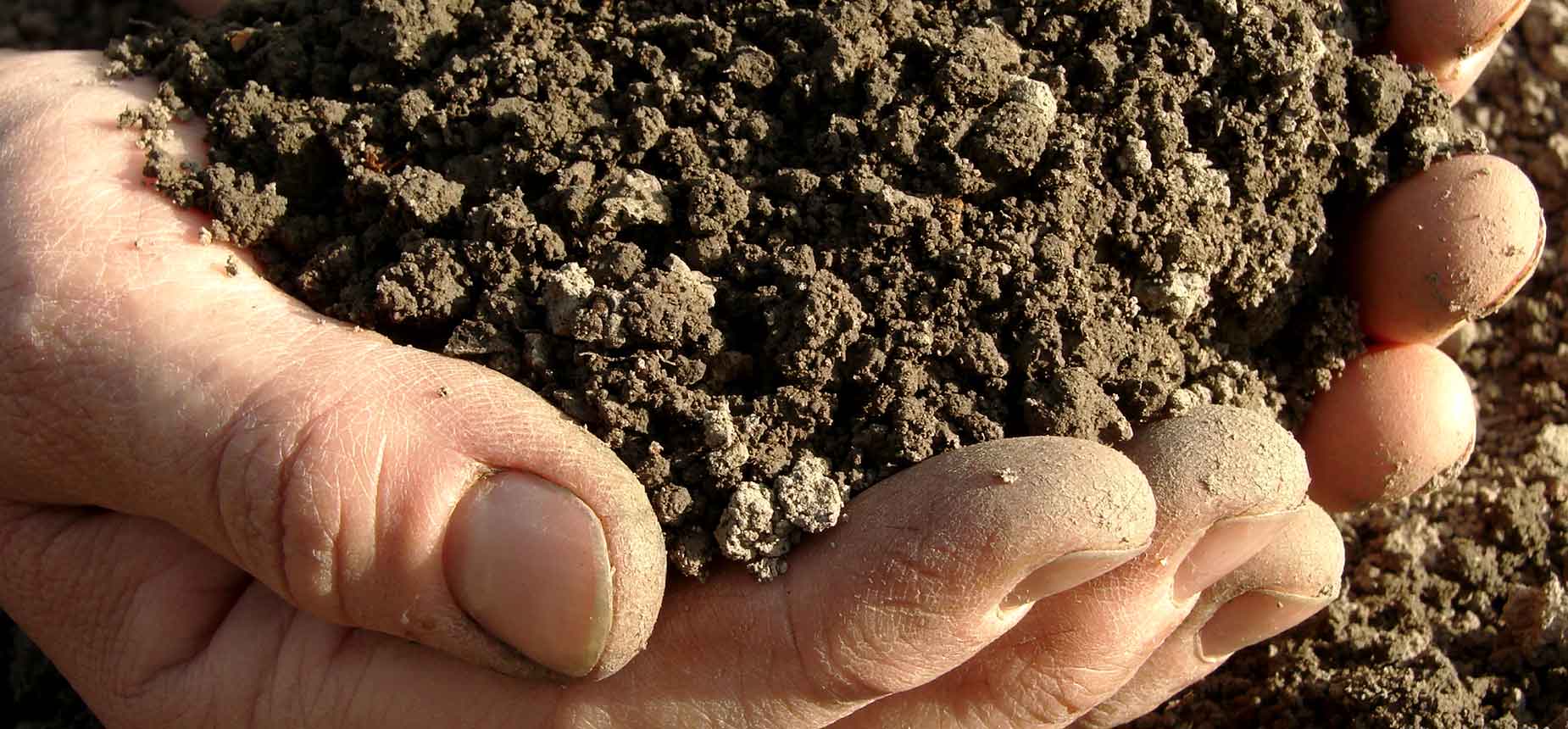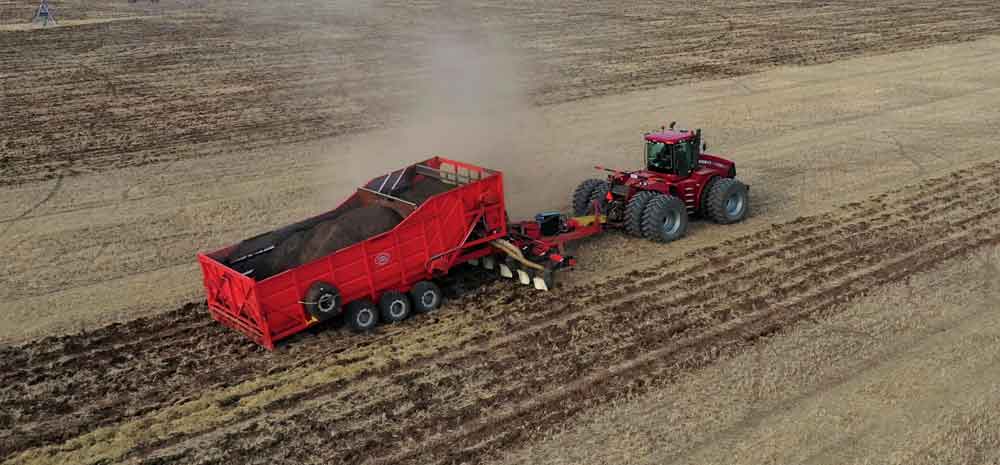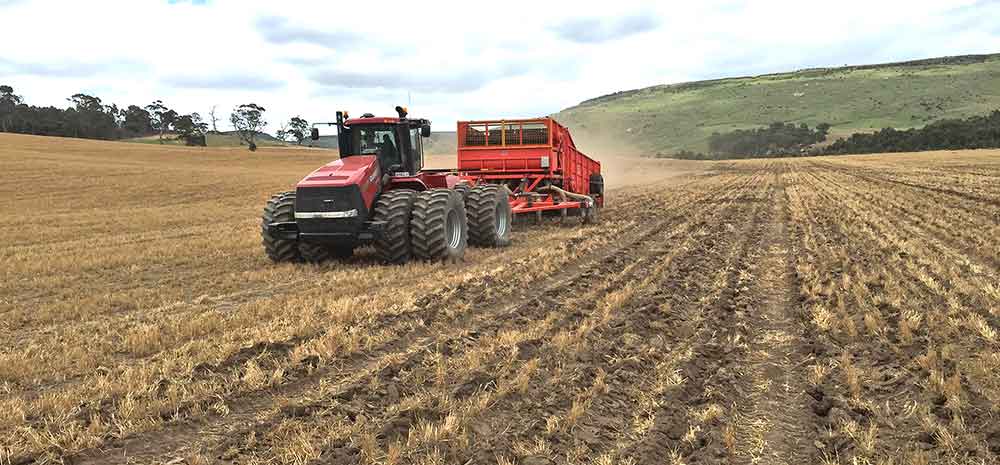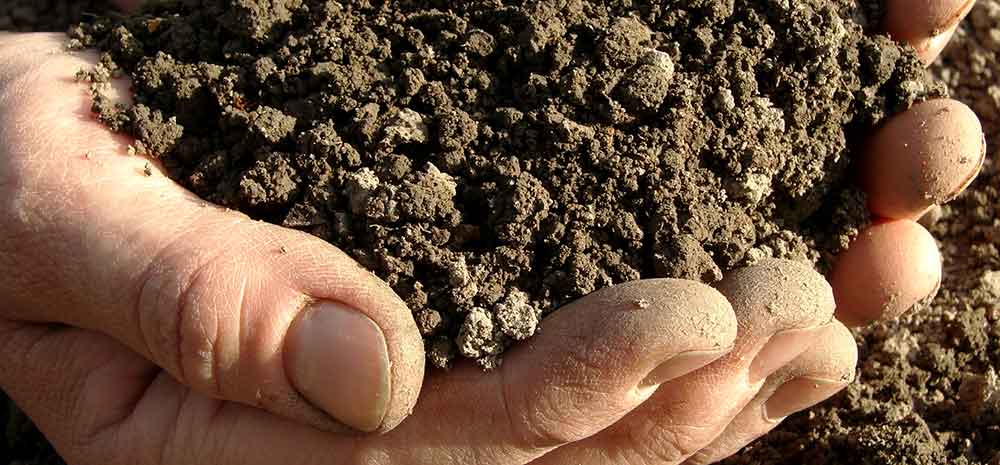Abstract
Subsoil manuring is a practice that involves placing high rates of organic amendments in bands at the base of rip-lines that extend down into the subsoil to a depth of 30–40 cm, in order to ameliorate poorly structured clay subsoils. The objective of this study was to determine whether the increases in crop yield from this practice, which occurred at one site in the high-rainfall zone in Victoria from 2005 to 2007, would occur at other sites and in other seasons in south-western Victoria. On-farm field experiments were therefore carried out at three sites in south-western Victoria between 2009 and 2012 to measure the yield responses to subsoil manuring. The study found that subsoil manuring with poultry litter resulted in consistent and recurring increases in estimated grain yield at these sites, with responses occurring with consecutive crops. Increases in estimated grain yield continued for 4 years, with average increases in hand-harvested yield of 3.5 t ha–1 for wheat, 1.6 t ha–1 for canola and 2.3 t ha–1 for faba beans. The estimated increases in grain yield were frequently associated with the increased extraction of deep subsoil water after anthesis. A treatment involving deep-banded nitrogen (N) and phosphorus (P) fertilisers and additional in-crop N, which matched the N and P in the poultry litter, yielded less than the full rate of subsoil manuring in seven of the eight site-years. This suggests that yield responses from subsoil manuring were not solely due to the release of N and P from the deep-banded poultry litter.
Read More - PDF Download
Authors: Publishing for Crop & Pasture Science Findings of subsoil manuring
Publishing: Report for the Australian Agronomy Conference 2019
Research title: Crop responses to subsoil manuring. I. Results in south western Victoria from 2009 to 2012






